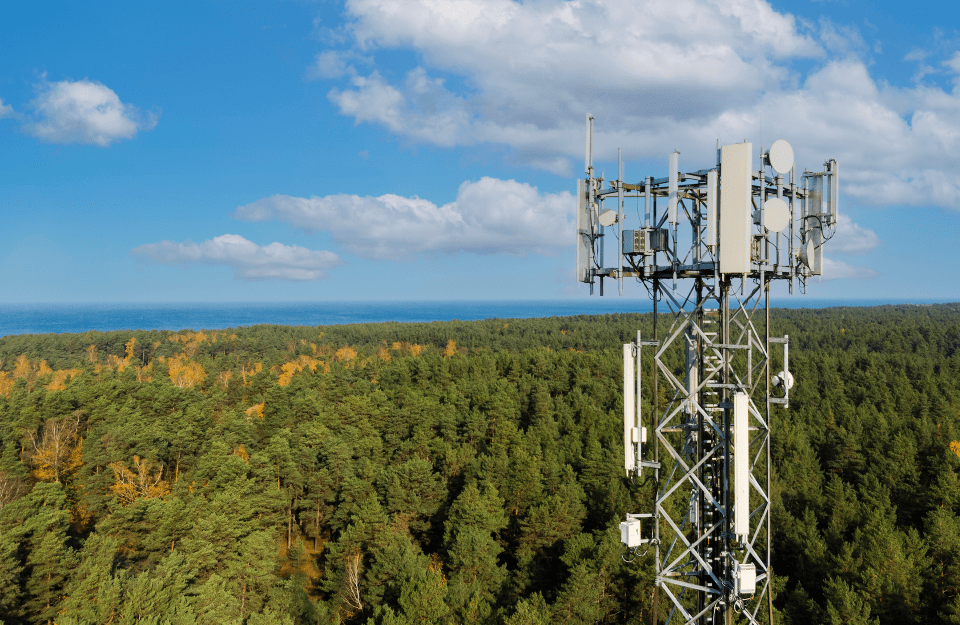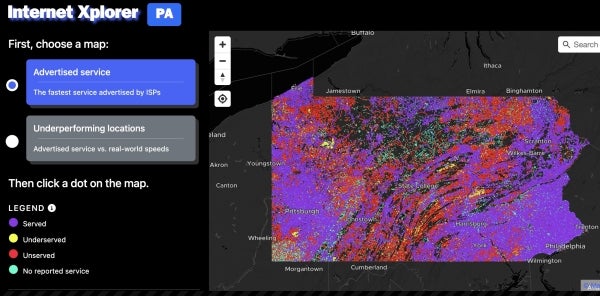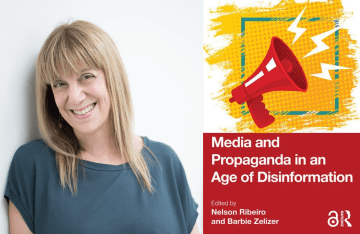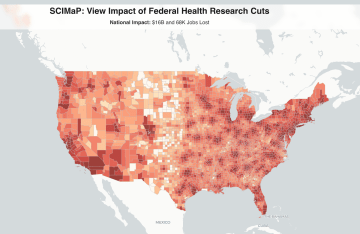The Mission to Get Pennsylvanians Online
The Pennsylvania Broadband Research Institute, a collaboration between Penn and Penn State, looks for ways to bridge the digital divide in the state — and the rest of the nation.

More than two million Pennsylvanians do not have access to reliable, high-speed internet — a service that former governor Tom Wolf once called “as essential today as electricity and water.”
“We're at a critical juncture with regard to the internet here in the United States,” says David Elliot Berman, Postdoctoral Fellow at the Annenberg School for Communication at the University of Pennsylvania. “Sixty-five billion dollars is going to be invested in the country's internet infrastructure through the Bipartisan Infrastructure Law and at least $1.2 billion of it is going to Pennsylvania.”
Berman is a member of the Pennsylvania Broadband Research (PBR) Institute, a collaboration between the Media, Inequality & Change (MIC) Center at the Annenberg School and the Donald P. Bellisario College of Communications at The Pennsylvania State University to research and promote ways to get Pennsylvanians — and other Americans — online.
Researching the Internet
For years, members of the Institute have studied internet access in Pennsylvania and across the country, looking at broadband costs, infrastructure, policy, and access.

Institute member Sascha Meinrath, Palmer Chair of Telecommunications at Penn State, mapped broadband connections across Pennsylvania in 2018 and found that there wasn’t a single county in the state where at least 50 percent of the population received broadband connectivity, despite FCC reports stating otherwise, while institute member Christopher Ali (Ph.D. ‘13), Penn State Pioneers Chair of Telecommunications, traveled through rural America to investigate the progress of broadband projects subsidized by the government.
When the COVID-19 pandemic hit, the consequences of not having access to reliable internet came into stark relief, says institute member Victor Pickard, Professor of Media Policy and Political Economy at Annenberg and MIC Co-Director, as families struggled to connect to telehealth appointments or stream classes held on Zoom.
“The stories of kids going to McDonald's parking lots just to get internet access were evidence that our fundamental approach to providing internet access in this country was broken,” he says. “As researchers, we saw a real need for intervening in mainstream policy debates on broadband policy, which often uncritically accept the status quo of high costs, slow speeds, and unequal access.”
In 2022, Pickard and MIC Postdoctoral Fellow Pawel Popiel examined efforts to close the digital divide in Philadelphia during the pandemic, finding that strategies to get residents online failed to address basic digital access gaps along racial and class-based lines.
Changing Policy
Sydney L. Forde, doctoral candidate at Penn State and the inaugural PBR Institute Fellow, spent last summer at Annenberg looking for ways for the Institute to engage directly with policymakers.
“I believe that the strength of the PBR Institute is grounded in its academic ties — making it a bit of an anomaly in the D.C. policy space,” she says. “There are a lot of organizations involved in broadband policy-making, but we wanted the PBR Institute to utilize its unique structure as an academic institution.”
Installing the Internet
For the past ten months, Berman has worked with the Philly Community Wireless project, which uses a network of antennas and Wi-Fi access points to connect homes in North Philadelphia to free, community-operated broadband.

“That work gave me a renewed appreciation for how we can realize a more democratic internet at the level of infrastructure,” he says, “not just from the policy world, but through actually installing access to the internet.”
He is studying nontraditional internet providers that are successfully providing high-speed, low-cost internet access in the United States, like public broadband and community wireless networks.
Berman recently visited Chattanooga, Tennessee, a city that has the fastest residential internet in the Western Hemisphere.
“Chattanooga uses a public utility model, rather than the traditional commercial model for their broadband,” Berman says. “Their electric utility provides the internet.”
The city’s internet thrives because this model favors access over profits, Berman argues.
Internet as a Right
The ultimate goal of the PBR Institute is to determine a way to establish fast, reliable, and affordable access to the internet to everyone in the United States. The digital divide is vast, but the members hope to close it, through research, advocacy, and work with local communities.
“While every member of the PBR Institute has their own particular area of expertise, we all share the common conviction that we need to greatly expand the conversation when it comes to broadband policy in Pennsylvania and beyond,” Pickard says. “We hope to create space for critical inquiry into digital equity issues that dares to imagine what a truly democratic internet might look like–one that guarantees access for all members of society.”



